What's New In Robotics This Week - Jul 29

Amazon's gets UK O.K.; Musk's robot maid; UK man jailed for prison drone smuggling; Russian robot survey; Canada's dementia bot; bricklaying bot; and much more! Find out what's happening in our robotics universe this week. We hope that the news we have selected will interest and amuse you. Enjoy!
Amazon Tests Drone Parcel Deliveries in the UK (CNBC)
The United Kingdom's aviation watchdog has granted Amazon permission to test drone deliveries in the U.K. in what is a massive boon for Amazon's ambitions in the robot delivery space.
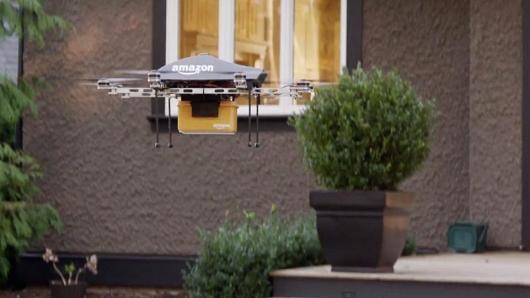
The Government and the Civil Aviation Authority has granted Amazon permission to explore "three key innovations":
Flying drones beyond the line of sight of operations
Testing sensors on the unmanned aerial vehicles (UAV) to see if they can identify and avoid obstacles
Flight where one person controls a number of dronesCurrently, flying drones out of the line of sight of the operator is illegal in the U.K. and in the U.S., something that has pretty much blocked Amazon's attempts to deliver parcels via drone.
Amazon has been developing its Amazon Prime Air drone delivery service for several years and has already tested its system in the Netherlands and Canada, but the UK scheme looks like it grants wider permissions, which will allow for more varied testing.
Commercial aviation really took off [ahem] as more and more people saw how effectively the technology could be used for making deliveries. The same pattern is emerging in drone technology development --except, of course, that we're in the lucky position of witnessing it unfold in real-time.
This Is the Robot Maid Elon Musk Is Funding (MIT Technology Review)
News emerged this week that Elon Musk is supporting the open-source, non-profit OpenAI. OpenAI is working on a self-learning robot that can perform household chores.
OpenAI, which was created to do basic AI research, is reprogramming robots developed by Fetch Robotics, a company that supplies warehouse automation hardware. Researchers at OpenAI are equipping the robots with software that lets them train themselves through trial and error.
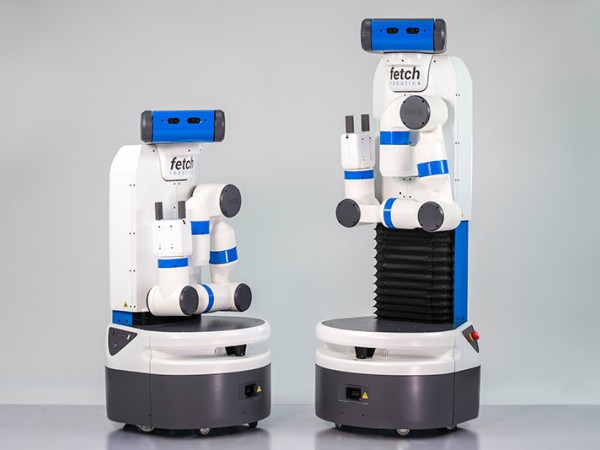
The effort reflects a bet that innovations in software and machine learning, rather than breakthroughs in hardware, are the way to give robotics remarkable new capabilities. Fetch makes a range of robots for warehouses, including systems that follow workers around a building, carrying items dropped into a basket. OpenAI is using a system that features a mobile base but also 3-D depth sensors, a 2-D laser scanner, and a robotic arm with seven degrees of freedom.
Man Jailed for Sending Items Into Prison by Drone (The Guardian)
The Wright brothers, Charles Lindbergh, Amelia Earhart; these are names that reverberate through aviation history.
Well, you can add Daniel Kelly to that list as this week he became the first person in U.K. history to be jailed for attempting to smuggle contraband into prison via drone.
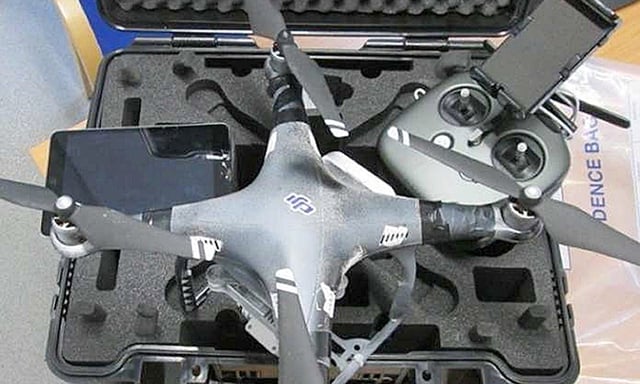
Kelly, formerly of Lewisham, south-east London, was caught after a police patrol spotted a car parked near HMP Swaleside on the Isle of Sheppey in Kent on 25 April.
A man was seen running and climbing into the front passenger seat before the car sped off and was later found at a holiday park in nearby Leysdown, where Kelly was arrested.
The drone, which was originally white but had been spray-painted black with the lights taped over, was found in the boot of the car.
One of the most interesting features of this case is that by analyzing the drone's storage drive, police were able to determine that the device had made flights to three separate prisons over a 5 day period --a good example of the possible benefits that could be derived from the inclusion of black box-type technology in drones, and other devices.
Kelly isn't alone. Earlier this year, the BBC reported on a big rise in "drone jail smuggling" incidents over recent years.
Humans and Robots of the Future; Survey (Alphagalileo)
A survey of 300 Russian robot enthusiasts (finalists at the Russian Robot Olympiad) aged from 8-25 has revealed some interesting perspectives on the future of labour, robot design, and artificial intelligence. 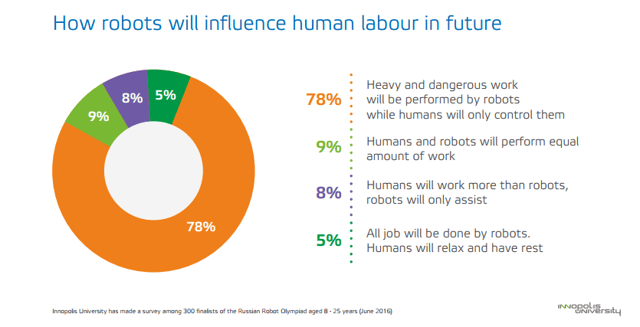
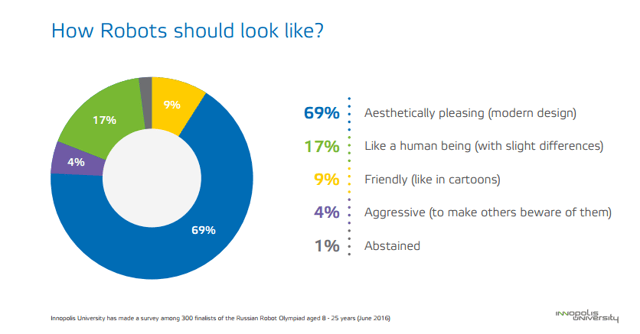
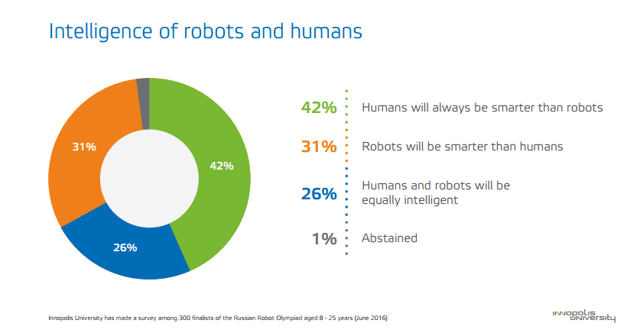
You can check out the full survey results here (PDF).
Meet Ludwig, the Canadian-made Robot Helping Assess Dementia (CTV News)
A retirement home in Toronto is testing a companion robot for its elderly residents.
Named "Ludwig" (after the famous philosopher, Ludwig Wittgenstein), the 2-foot tall, boy-like robot is designed to track and monitor the signs of Alzheimer's disease.
[Ludwig]'s so good, he can detect subtle changes in speech and vocal patterns that might escape retirement home staff, says Isaac Weinroth, executive director of One Kenton Place, where Ludwig will begin trials next month.
"Even things like the time gap between verbs, or the use of verbs, or lack of verbs, the time gap between sentences, between words in sentences," he says. "Those are the kind of minute changes that the robot and the technology can pick up as it interacts with an individual, that we as human beings don't necessarily track as well."
The project is in its early stages, but an introductory trial is scheduled for August, with more rigorous research planned for October and November.
Watch this Bricklaying Robot Build a House in Two Days (Popular Mechanics)
Australian robotics company Fastbrick Robotics has released sensational video of its brick-laying robot laying out an entire house in 48 hours.
With a 30 meter arm, their Hadrian X robot uses an adhesive instead of mortar and follows the patterns laid out by 3D models. Hadrian X is expected to be at construction sites within the year, according to CEO Mike Pivac. "We think from that time on, the world is our oyster," he told The West Australian.
The robot enables accurate robotic manipulation to within 0.5mm accuracy, which is especially impressive over such a large area and with so many individual bricks to account for.
Magnetic Robot Climbs on Blimps to Repair Them (Popular Science)
Skunk Works (the research laboratory of defense giant Lockheed Martin) has created a robot that can crawl on the surface of blimps to assess damage and perform repairs.
There are two parts to spider: an inside component, and an outside component. Held together by magnets, they drive over the surface of the inflated blimp, or in this case, hybrid airship. The top half of the Spider shines a light and the bottom half detects whether or not that light shines through, revealing a pinhole in the airship’s skin. The Spider bot patches the hole and takes pictures of the entire process, so humans can double-check its work. Multiple Spiders can even work together to get the job done faster.
And Finally...
Why your NHS surgeon could be a robot in the future (The Guardian)
Was This 300-Pound Robot Falsely Accused of Assault? (Maxim)
11 Police Robots Patrolling Around the World (Wired)
Futuristic Simulation Finds Self-Driving “Taxibots” Will Eliminate 90% Of Cars (Medium)
In China, a Robot’s Place Is in the Kitchen (Wall Street Journal)
Relax about robots but worry over climate change (Financial Times)
Collaborative robots: Tips and advice for beginners (Packaging Digest)
PBA switches gears to stay ahead (Straits Times)
“Are humans becoming more robotic?” (QZ)
The robot looking over your shoulder is there to help (Houston Chronicle)
This Space-Exploring Robot Tweeted a Heartbreaking Goodbye (Time)


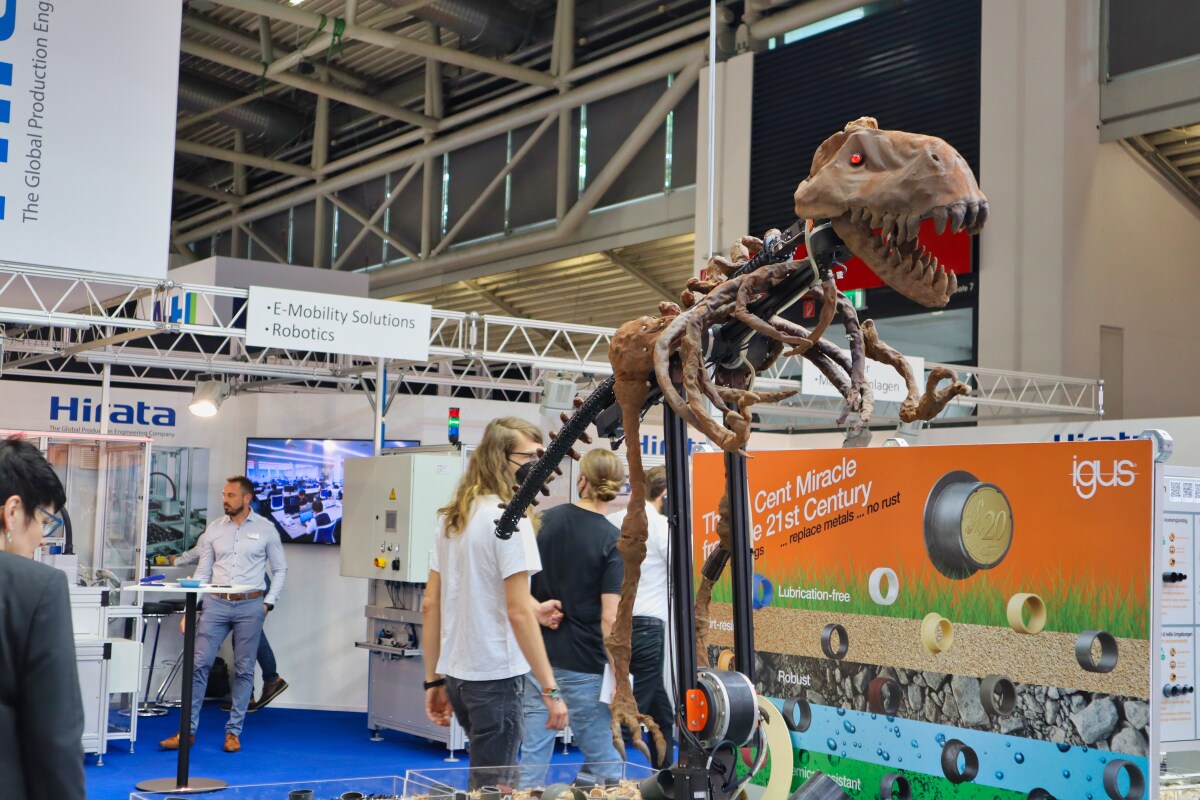

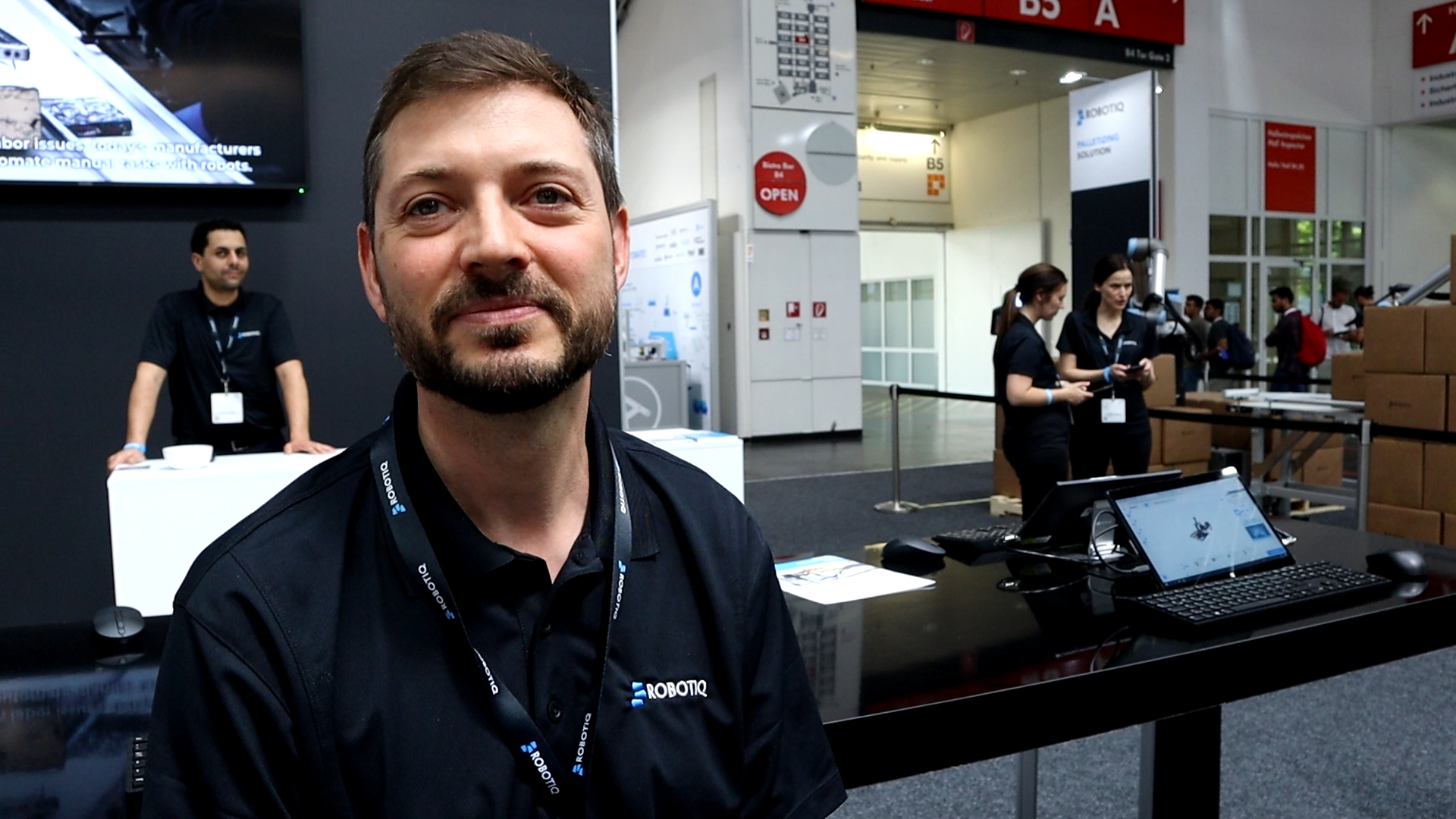
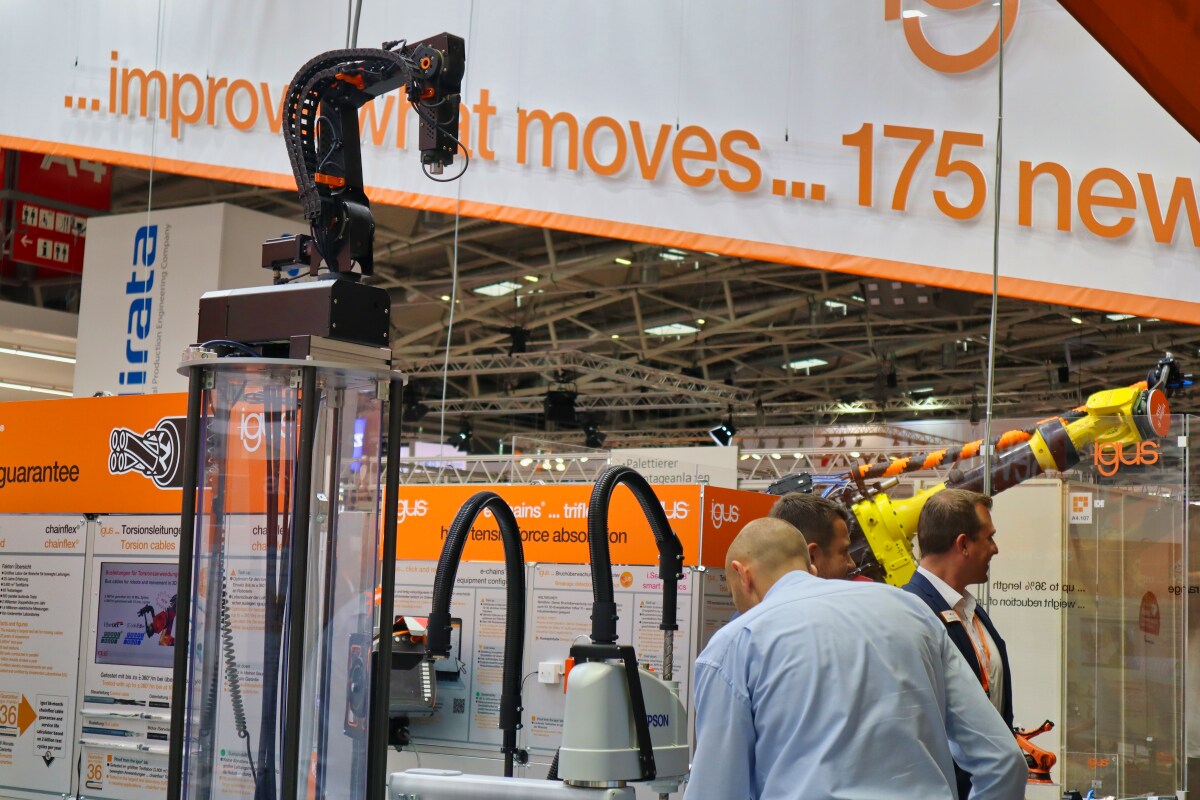
Leave a comment